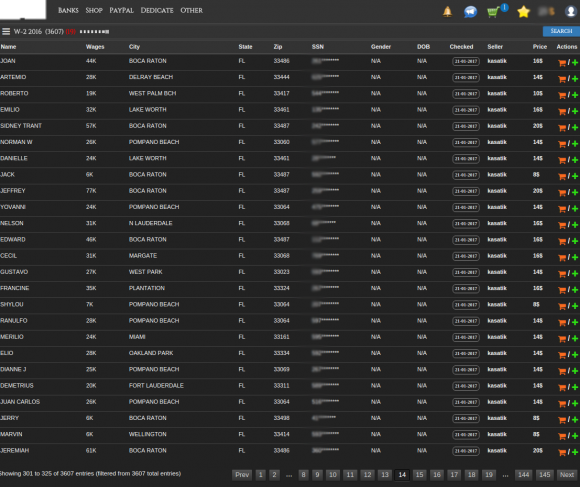Data Privacy Day – 10 tips to keep your data secure
Recognized annually on January 28th, Data Privacy Day is defined as a centered approach towards respecting privacy, safeguarding data, and enabling trust. It is a global effort to raise and promote awareness around protecting one’s data and privacy. With this thought in mind, we have put together these 10 security…
The post Data Privacy Day – 10 tips to keep your data secure appeared first on Quick Heal Technologies Security Blog | Latest computer security news, tips, and advice.
Read more





